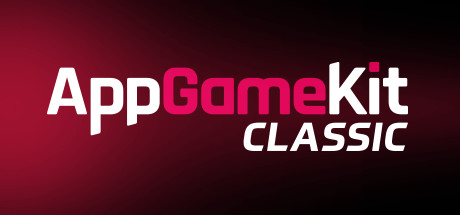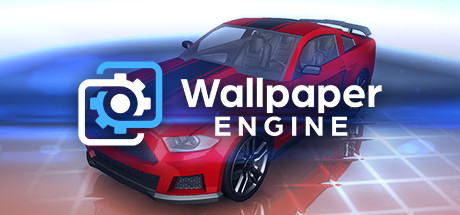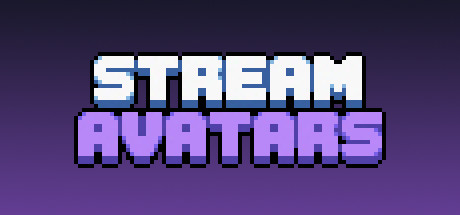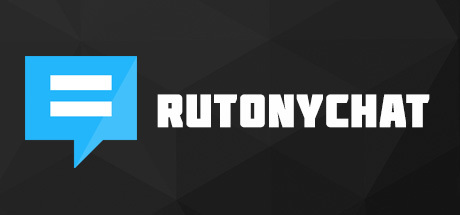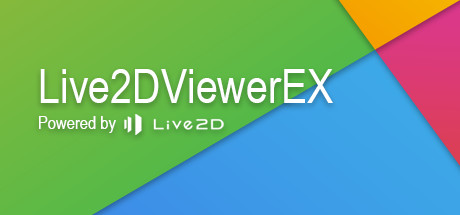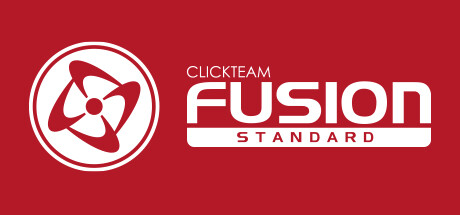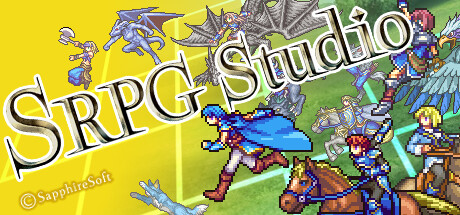Playtime:
1466 minutes
[Note: I’ve spent 100s of hours with AppGameKit and probably 1,000s more if you take into account its spiritual predecessor DarkBASIC. Ignore my Steam hours]
Are you a new or experienced programmer that just wants to have fun programming a game without getting involved with the scene editors, drop-down menus, convoluted interfaces, or complicated syntax of other game engines and frameworks? Then this is the framework for you. I’m gonna go down the line on some of the defining aspects of AGK, and what I like and dislike about it.
[h2]Language[/h2]
AGK is a programming framework first and foremost. If you don’t like programming or don’t want to learn, then look elsewhere. You can use AGK in either Tier 1 (BASIC) or Tier 2 (C++) formats. For Tier 1, you use the included IDE to make use of their custom BASIC dialect. As it is BASIC, it is procedural, not object-oriented. Tier 2 has all the same commands as Tier 1 except some syntax changes due to the nature of C++; and of course here you can use the object-oriented advantages of the language.
This language was crafted specifically for making games, so it’s fun to use and gets you up and running making games quickly. The software comes with a glossary listing every command, what it does, its syntax, and even a full tutorial guide. If you’re a total newbie to programming but other languages look scary and you just want to get to making games, AGK is perfect for you. The programming principles you learn here will apply to more complex languages if you wish to move to something else in the future. Even if you’re an experienced programmer, the language is powerful enough that you won’t feel limited most of the time. If you are a professional developer wanting total control, I would tell you to view AGK as a hobby and not a serious development platform. I want to stress that although the language is great for beginners, that doesn’t mean in any way it’s barebones in functionality. Which brings me to...
[h2]Capabilities[/h2]
Most of the games you see being made with AGK look like low-quality phone apps, but this framework can do so much more. It’s similar to the phenomenon with Unity in which most games you see are the same breed of cheap 3D garbage. You see those games often because that’s what you can make quickly and easily with minimal effort, but both engines are capable of more than that.
AGK is quite capable of making games in 2D or 3D that actually look and run well. There’s support for particles, custom vertex and fragment shaders, skeletons, in-game ads, networking, virtual reality (with DLC), 2D or 3D physics,…lots of nice stuff. It bothers me that TheGameCreators market this product as making cheap phone apps almost exclusively, because the framework can do so much more.
Periodically, you may run into a feature that is missing. For example, there is no way to change the display resolution of your game if it's running in full screen mode on a desktop, it defaults to the desktop resolution. There is also no native cube mapping support. It's strange to find features like this missing; most aspects of the language are really fleshed out and you really CAN do almost anything you want. Missing features like these are not deal killers, but it's a reminder that this programming suite is not meant for professional developers that want total control over their game.
[h2]Supported Platforms[/h2]
You can make games that run on Windows, MacOS, Linux, Android, iOS, and HTML5 platforms. As per the word “App” in the product name, the software is catered towards 2D game development for smartphones, but it’s quite capable of making full-on PC games. That’s what I use it for primarily. There’s even support for Steam integration. One big disadvantage the software has with its competitors is the lack to deploy your games for Xbox, PlayStation, or Switch.
If you are making a mobile game, it’s very easy to test your game on your phone as you are developing it. You can broadcast the game over LAN to your phone and test it immediately. Notice something wrong when you are testing? Make the code change and re-broadcast within seconds. It works just as you’d hope.
[h2]Scene Editors[/h2]
AGK does not come with a scene editor by default, but there is a 2D scene editor DLC pack. Unfortunately, I’ve never used it so I can’t speak to it. I will say that it integrates fully with the language, so you can make a 2D scene and export the whole thing to Tier 1 code. There is currently no 3D scene editor, though it is an often requested feature and they’ve expressed interest in adding this in the future. For 3D scene editing, you are best using a 3D modeling program and importing the objects into your game.
[h2]Price[/h2]
Yes AGK is not free while other game frameworks out there are free to use. While this might turn off some people, understand that the framework is developed by a small team, and they don’t get support from professional studios. It’s by hobbyists, for hobbyists. The money you use to buy the program goes directly to support the team to develop more enhancements. It seems this is the business model that works for them. On the plus side, you can sell games made with AGK royalty-free.
[h2]Community/Support[/h2]
There’s an active community on TheGameCreators forums for AGK support and sharing content. Lots of wise people on there that have been around for years and know AGK inside and out. TheGameCreators themselves have not abandoned AGK and are still releasing updates and fixing bugs regularly.
[h2]Conclusion[/h2]
AGK is a tight and powerful game development framework for programmers of all skill levels. The language is simple enough for newbies to pick up but complex enough for experienced programmers to really make something nice. Experts and professionals will probably crave for more control offered in other languages. The documentation and support is solid. Most importantly, it’s FUN. This is for learners, hobbyists, and people breaking out into the indie scene. NOT for professional developers.
👍 : 24 |
😃 : 0
